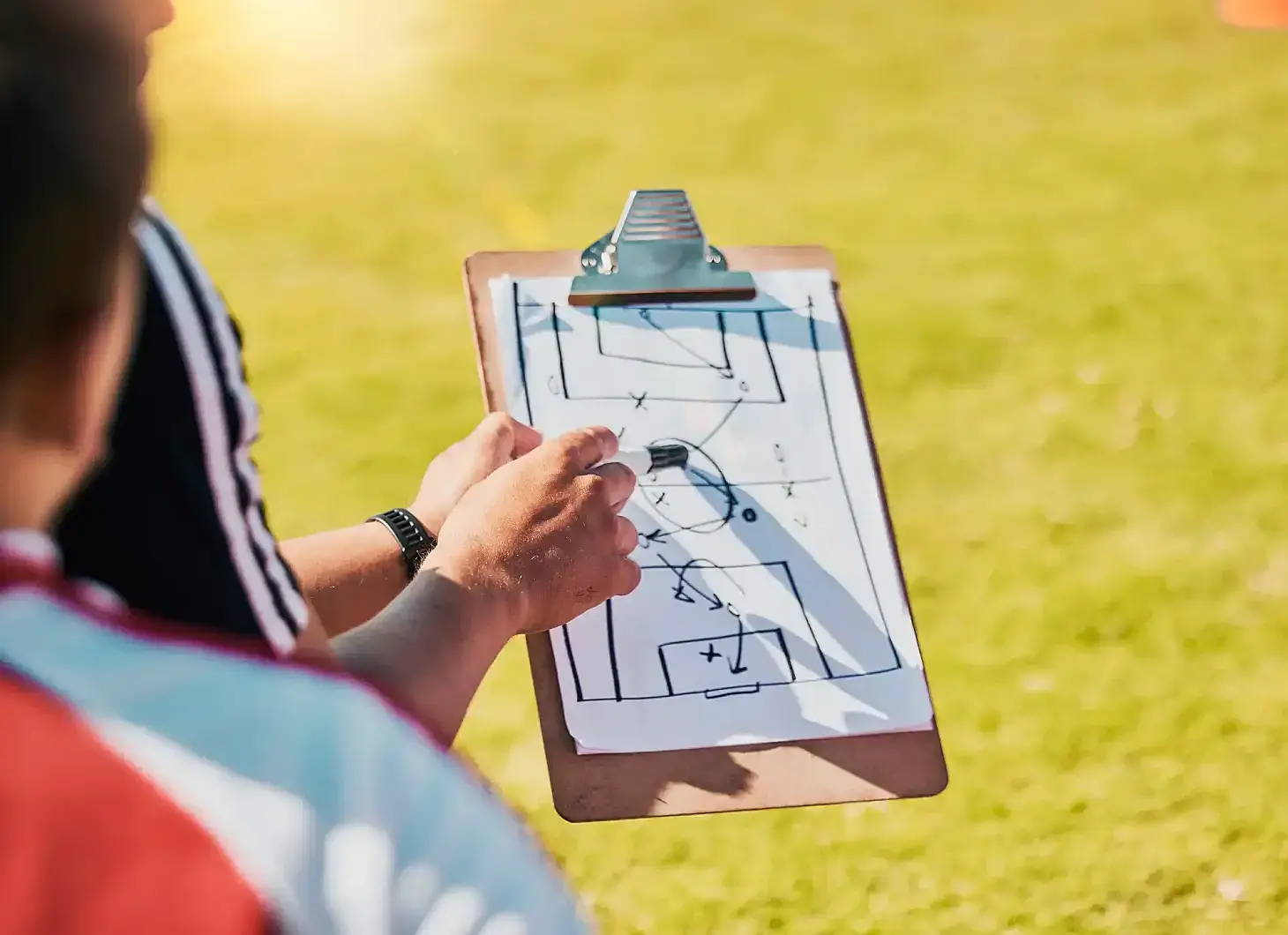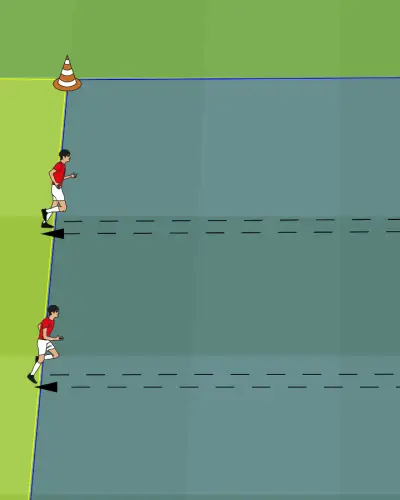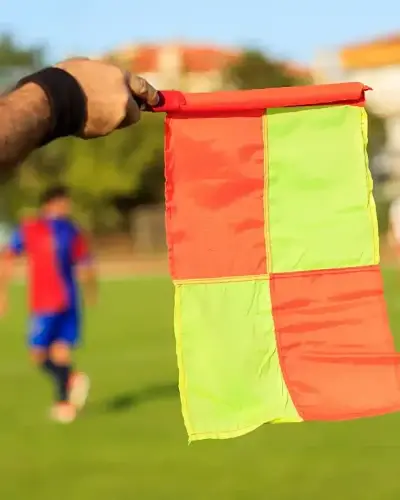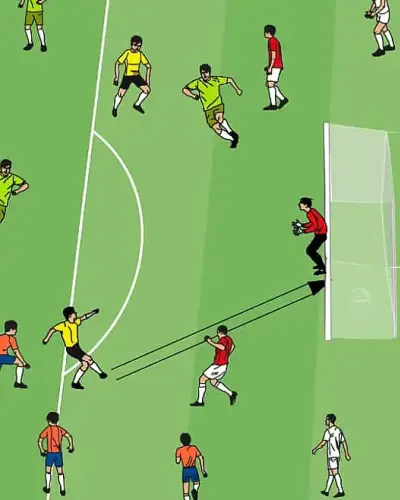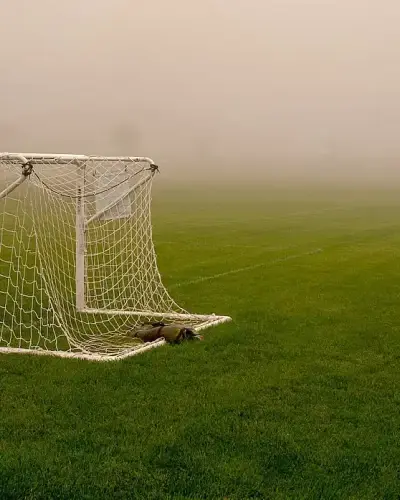How to Develop a Game Model in Football
As a coach, one of the most common questions you’ll be asked is: "What is your game model?" Your game model is like your coaching identity—a philosophy that defines how your team plays. However, this often leads to categorization and labels.
For example:
- Pep Guardiola is synonymous with possession-based football.
- Jürgen Klopp is associated with high-intensity pressing and fast transitions.
- José Mourinho and many Italian coaches are seen as defensive masterminds.
- Carlo Ancelotti, often called the "chameleon" of football coaching, adapts his strategy depending on his squad and the circumstances.
At the highest level, elite teams excel in all phases of the game, but they typically specialize in one aspect that defines their style.
However, for most coaches—especially at amateur level—one major difference applies: you must work with the players you have, rather than assembling a squad that perfectly fits your philosophy.
So, how do you develop your own game model, and how do you adapt it to your team?
Step 1: Defining Your Football Philosophy
Before implementing tactics, you must first decide what kind of football you believe in and, crucially, whether you can effectively teach it.
For example:
- If you want to play high-pressing football, you need to convey passion and intensity in your coaching.
- If you prefer compact defensive football, your approach might be more structured and analytical.
Once you define your core principles, you can refine the details.
📌 Key questions to consider:
- How do you want to build up play? Short passes or long balls?
- Will your buildup include two or three defenders?
- Should the goalkeeper be involved as a "sweeper-keeper"?
- Do your full-backs push high and wide, or do they invert into midfield?
- Should transitions be centralized or go through the flanks?
- How do you want to create goal-scoring opportunities? Crosses, through balls, or shots from distance?
Your answers to these questions will form the principles of your game model.
Step 2: Adapting Your Game Model to Your Players
🔹 Elite teams like Manchester City, Bayern Munich, and Real Madrid can sign players who perfectly fit their coach's vision.
🔹 In amateur football, you must adapt your tactics to your squad’s strengths.
📌 Balancing your game model with your squad’s abilities:
✔ Identify the key qualities of your players—speed, technique, endurance, or tactical intelligence.
✔ Keep the fundamentals of your philosophy, but adjust formations and tactics to fit your squad.
✔ If your preferred high-pressing system doesn’t work with slow defenders, tweak your approach without abandoning your core idea.
Your final game model will be a blend of your coaching philosophy and your team’s strengths—the optimal balance between principles and practicality.
Alternative Approach: The "Chameleon Coach"
Some coaches, like Carlo Ancelotti, completely adapt their philosophy to each team.
📌 Pros of adapting your game model completely:
✔ Maximum flexibility based on squad capabilities.
✔ Easier to accommodate different player profiles.
📌 Cons:
❌ Requires deep tactical knowledge.
❌ Can lead to inconsistencies if players struggle to adjust.
❌ At amateur level, limited training time makes constant tactical shifts difficult.
Conclusion: A Game Model Must Be Practical and Adaptable
✔ Every coach should have a defined game model, but it must be flexible enough to suit the available players.
✔ Balance personal coaching philosophy with team reality—impose structure, but don’t force an incompatible system.
✔ Only elite coaches have the luxury of building squads to fit their vision—most must adjust and optimize within constraints.
Ultimately, coaching is about maximizing performance with the tools available—whether by sticking to a strong philosophy or adapting like a "chameleon" when necessary.
